Table of Contents
Introduction to Cayenne Pepper
Spices are the unsung heroes of the kitchen, transforming ordinary dishes into extraordinary culinary experiences. Among the many spices that grace our pantries, one stands out for its vibrant color and fiery punch: cayenne pepper. Whether you're a seasoned chef or a home cook with a passion for bold flavors, cayenne pepper is a must-have ingredient that can elevate your cooking to new heights.
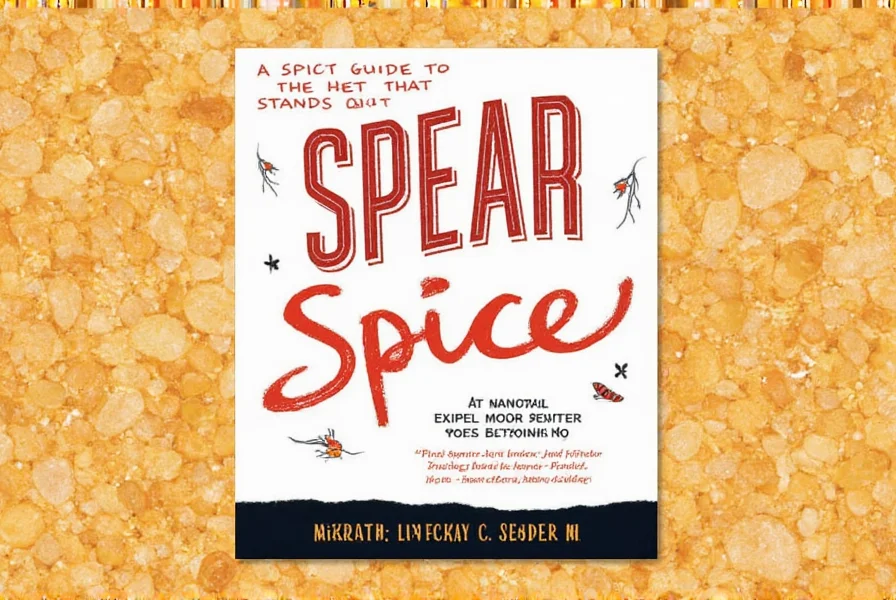
What Is Cayenne Pepper?
Cayenne pepper is a type of chili pepper that has been dried and ground into a fine powder. It is known for its intense heat and bright red color, making it a favorite among those who enjoy spicy food. The name "cayenne" comes from the city of Cayenne in French Guiana, where the pepper was first cultivated.
Originally from Central and South America, cayenne pepper has gained global popularity due to its versatility and distinctive taste. It is often used in traditional dishes from various cuisines, including Mexican, Indian, and Cajun, where it adds a sharp, pungent heat that lingers on the palate.
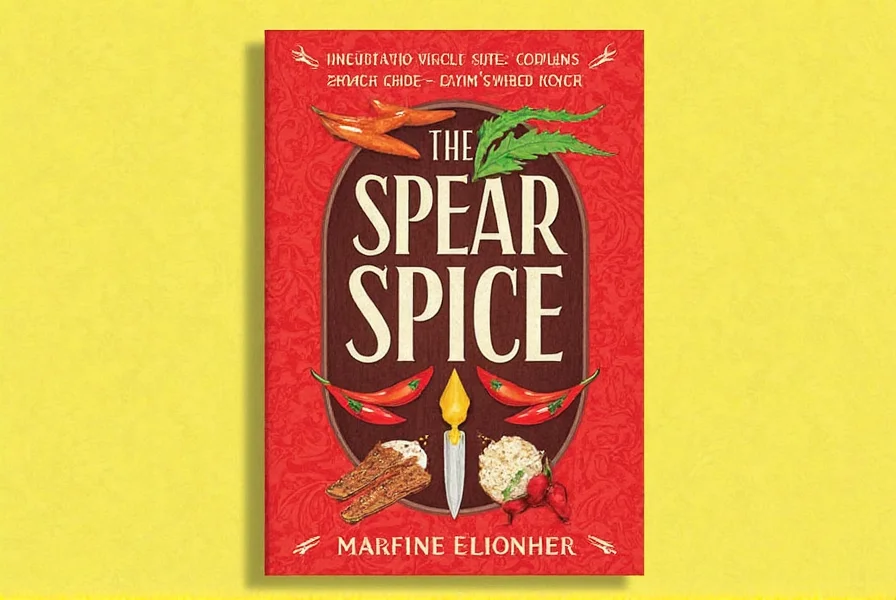
Flavor Profile and Heat Level
The flavor of cayenne pepper is sharp and pungent with minimal sweetness. Its heat level ranges between 30,000 to 50,000 Scoville units, placing it in the medium to high heat category. This makes it perfect for those who want a spicy kick without overwhelming their taste buds.
One of the unique characteristics of cayenne pepper is its ability to add depth and complexity to dishes. When used in moderation, it enhances the overall flavor profile, creating a balanced and satisfying eating experience.
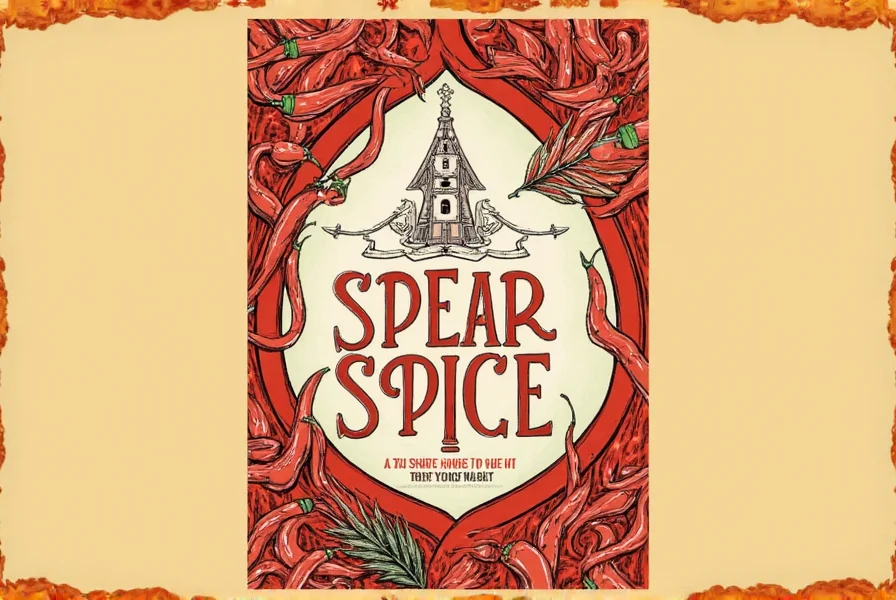
Culinary Uses of Cayenne Pepper
Cayenne pepper is incredibly versatile and can be used in a wide range of dishes. Here are some popular ways to incorporate it into your cooking:
- Hot sauces: Add a few pinches of cayenne pepper to your homemade hot sauce for an extra layer of heat and flavor.
- Marinades: Mix cayenne pepper with olive oil, garlic, and herbs to create a flavorful marinade for meats and vegetables.
- Seasoning blends: Combine cayenne pepper with other spices like cumin, paprika, and garlic powder to make a custom seasoning mix for grilled dishes.
- Soups and stews: Sprinkle a bit of cayenne pepper into your favorite soups and stews for a warm, spicy kick.
- Snacks: Use cayenne pepper to season popcorn, nuts, or roasted vegetables for a deliciously spicy snack.
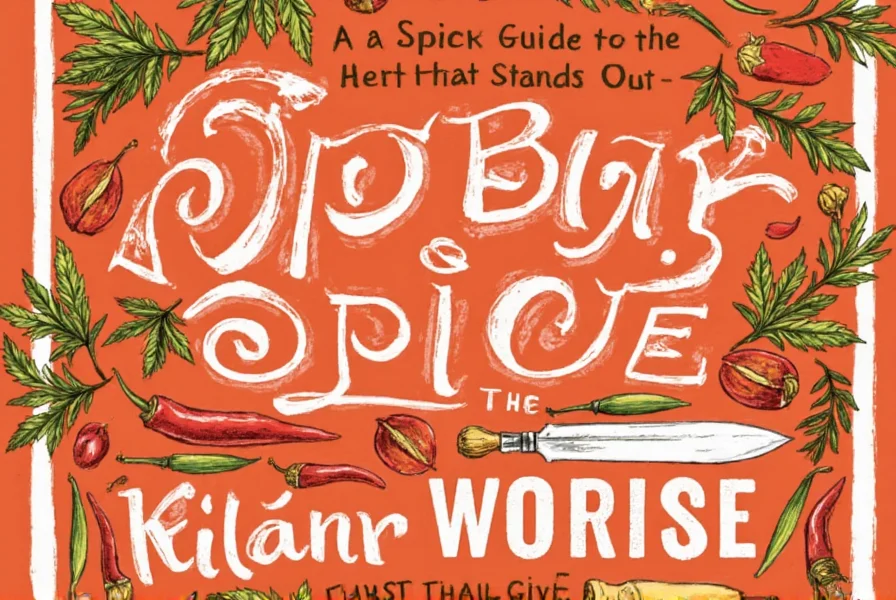
How to Use Cayenne Pepper in Cooking
Using cayenne pepper in your cooking is simple, but there are a few tips to keep in mind to get the best results:
- Start small: Since cayenne pepper is quite potent, it's best to start with a small amount and adjust to your taste.
- Toast it: Toasting cayenne pepper before grinding it can enhance its flavor and aroma. Simply heat it in a dry pan over medium heat until it becomes fragrant.
- Mix with oil: If you're using it in a sauce or marinade, mix it with a little oil first to help distribute the heat evenly.
- Pair with complementary ingredients: Cayenne pepper pairs well with ingredients like tomatoes, onions, garlic, and citrus. These can help balance its intensity and bring out its natural flavors.
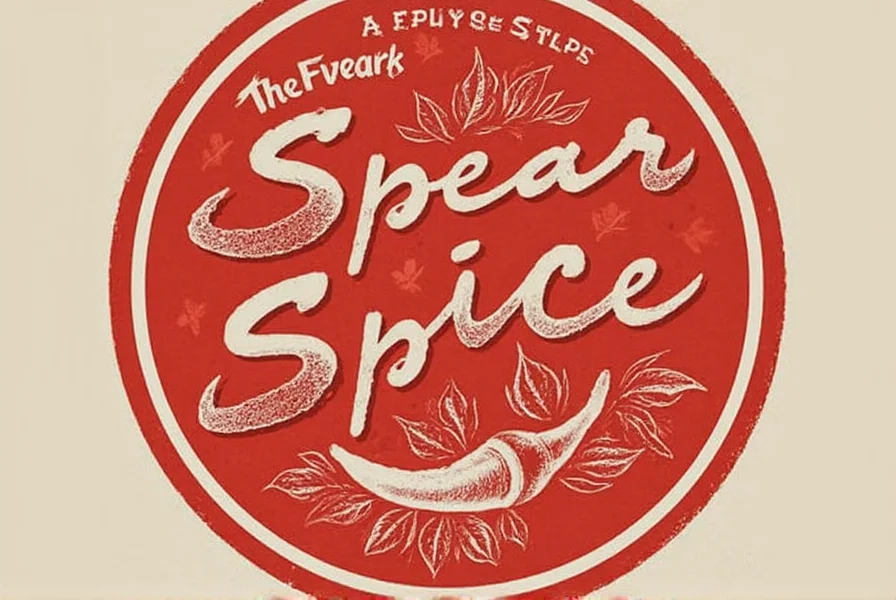
Buying Guide for Cayenne Pepper
If you're looking to buy cayenne pepper, there are several factors to consider to ensure you get the best quality:
- Source: Look for reputable suppliers that offer organic or ethically sourced cayenne pepper. Many specialty grocery stores and online retailers carry high-quality options.
- Form: Cayenne pepper is available in both whole and ground forms. Whole pepper pods are ideal for grinding yourself, while pre-ground spice is more convenient for everyday use.
- Heat level: Check the label to determine the heat level of the cayenne pepper you're purchasing. Some varieties may be milder or hotter than others.
- Storage: Store cayenne pepper in an airtight container in a cool, dark place to preserve its flavor and potency.
Here are some recommended products for different uses:
- Organic Cayenne Pepper (Whole Peppers): Perfect for grinding at home. Features a bright red color and consistent heat. Ideal for chefs and serious spice enthusiasts.
- Pre-Ground Cayenne Pepper: Great for quick recipes and everyday cooking. Offers consistent heat and easy application. Suitable for beginners and casual cooks.
- Cayenne Pepper Blend: A mix of cayenne pepper with other spices like paprika and garlic powder. Adds depth and complexity to dishes. Best for those who love bold flavors.
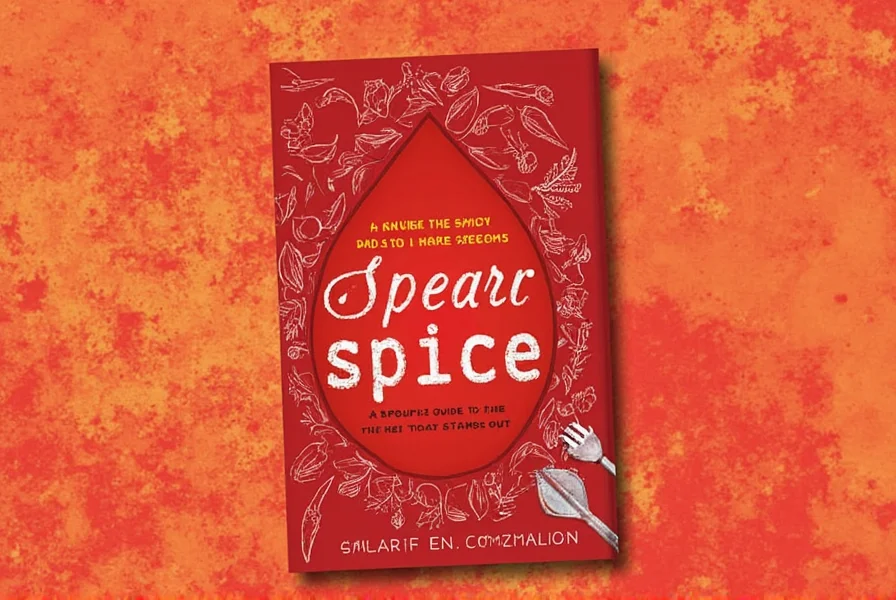
Frequently Asked Questions About Cayenne Pepper
What exactly is cayenne pepper?
Cayenne pepper is a type of chili pepper that has been dried and ground into a fine powder. It gets its name from the city of Cayenne in French Guiana. It's known for its bright red color and medium to high heat level, typically ranging from 30,000 to 50,000 Scoville Heat Units.
How hot is cayenne pepper on the Scoville scale?
Cayenne pepper typically ranges from 30,000 to 50,000 Scoville Heat Units (SHU), placing it in the medium to high heat category. For comparison, it's hotter than jalapeño peppers (2,500-8,000 SHU) but milder than habanero peppers (100,000-350,000 SHU).
What can I use as a substitute for cayenne pepper?
If you don't have cayenne pepper, you can substitute with red pepper flakes or paprika for milder heat. For similar heat levels, chipotle powder or crushed red pepper work well. For recipes requiring intense heat, use a small amount of habanero powder, but be cautious as it's significantly hotter.
How should I store cayenne pepper to maintain its flavor?
To preserve the flavor and potency of cayenne pepper, store it in an airtight container in a cool, dark place away from direct sunlight and heat sources. Properly stored, ground cayenne pepper can maintain its quality for 1-2 years, while whole dried peppers can last up to 3 years. Avoid storing spices near the stove or oven where temperature fluctuations can degrade their quality.
What dishes pair best with cayenne pepper?
Cayenne pepper works exceptionally well in tomato-based dishes, grilled meats, roasted vegetables, and hearty stews. It's particularly good in Mexican, Cajun, and Indian cuisines. Its sharp heat complements chocolate in certain desserts and enhances the flavor of eggs, soups, and even some fruit-based salsas.
Can cayenne pepper be used in sweet dishes?
Yes, cayenne pepper can create an interesting sweet-heat contrast in certain desserts. It pairs surprisingly well with chocolate (in mole sauces or chocolate desserts), mango, and pineapple. The key is to use it sparingly - just a pinch can add complexity without overwhelming the sweet flavors. Many pastry chefs use it in small amounts to create sophisticated flavor profiles in cookies, cakes, and even ice cream.
Is cayenne pepper the same as red pepper flakes?
Not exactly. Cayenne pepper is a specific type of chili pepper ground into fine powder, while red pepper flakes are typically made from multiple chili varieties (including cayenne) crushed into flakes. Cayenne has a more consistent heat level and flavor profile, while red pepper flakes may vary in heat and texture. They can be used interchangeably in many recipes, but cayenne provides more precise heat control.
Comparison Table: Cayenne Pepper vs. Other Spices
| Spice | Heat Level (Scoville) | Flavor Profile | Best Uses |
|---|---|---|---|
| Cayenne Pepper | 30,000 - 50,000 | Sharp, pungent, bright red | Hot sauces, marinades, seasoning blends |
| Jalapeño Pepper | 2,500 - 8,000 | Mild, grassy, slightly sweet | Salsas, tacos, stuffed peppers |
| Chipotle Pepper | 2,500 - 8,000 | Smoky, sweet, tangy | Barbecue sauces, dips, stews |
| Habanero Pepper | 100,000 - 350,000 | Sweet, fruity, extremely hot | Hot sauces, salsas, spicy desserts |
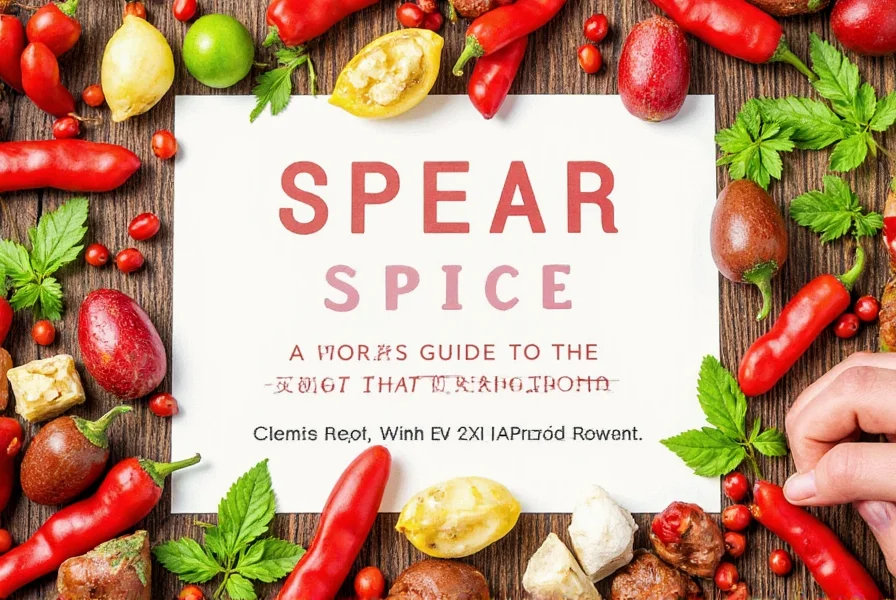
Conclusion
Cayenne pepper is a powerful and versatile spice that brings a unique blend of heat and flavor to any dish. Whether you're looking to add a spicy kick to your favorite recipes or experiment with new culinary techniques, cayenne pepper is an essential addition to your spice rack.
By understanding its flavor profile, heat level, and best uses, you can confidently incorporate cayenne pepper into your cooking. With the right tools and knowledge, you'll be able to unlock its full potential and impress your friends and family with your culinary skills.
Remember, when it comes to cayenne pepper, less is often more. Start with a small amount and gradually increase to suit your taste. And if you're ever unsure, always refer back to the buying guide to ensure you're getting the best quality for your money.
So go ahead—grab a jar of cayenne pepper, and let your taste buds take a fiery journey through the world of spices!

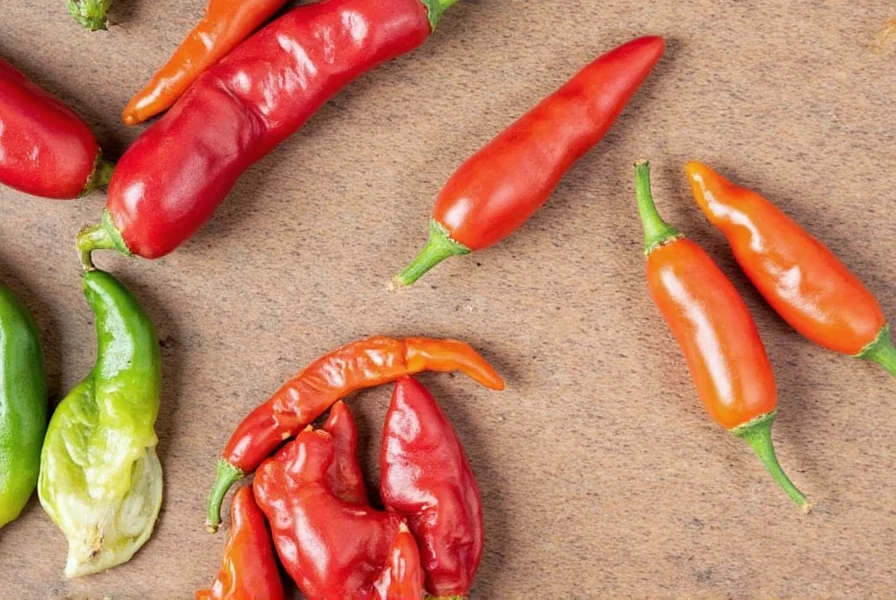









 浙公网安备
33010002000092号
浙公网安备
33010002000092号 浙B2-20120091-4
浙B2-20120091-4